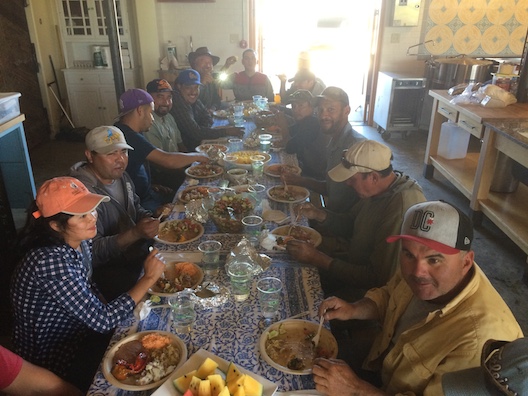At this time of year an unusually large number of people join our CSA program for the first time, and that brings our attention around to the fact that getting used to the CSA box is sometimes challenging for new members. Sometimes people ask why they can’t just get one box as a starter, before they decide to commit for a longer term. But we encourage new members to make a commitment of trying at least 4 boxes when they first start, so that they have more of a chance to build a connection with the farm and to try and develop a greater knowledge of cooking ‘out of the box’.
Because there are so many new members right now, this is a good time of year for us to use this newsletter to answer some questions about how the CSA program works. Here’s an example of one of the questions that we received recently:
“I have always thought about getting a box but haven’t done it until now. One of the reasons that I would get a weekly box is to be able to get produce that is fresher than what I can get at the store. Can you give me an idea of the length of time between when your vegetables are picked and when they arrive at the drop-off location? I couldn’t find anything about it on on your website.” [Read more…]
 Several times a year, Jenna and Amon and several other farm chefs put together a “crew lunch” so that we can all have a sit-down time together. The lunch usually features Full Belly-grown products.
Several times a year, Jenna and Amon and several other farm chefs put together a “crew lunch” so that we can all have a sit-down time together. The lunch usually features Full Belly-grown products. 
